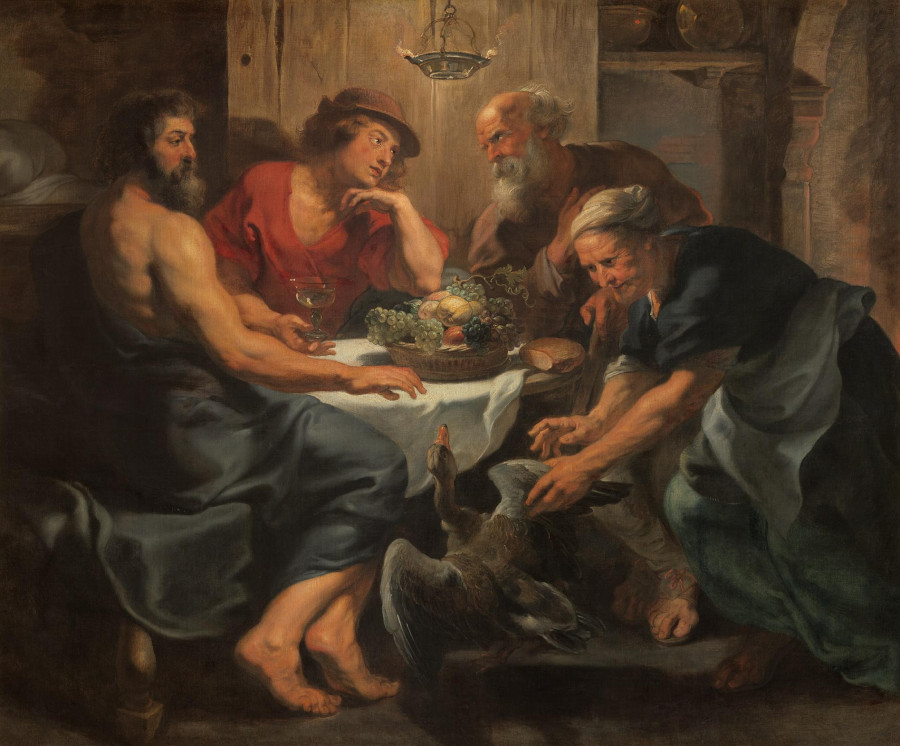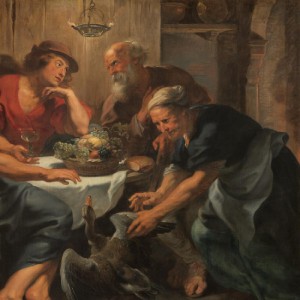Jupiter and Mercury with Philemon and Baucis A Glimpse of the Rubens Workshop
Kunsthistorisches Museum Wien, Maria-Theresien-Platz, 1010 Wien, Austria
February 2, 2024 - January 12, 2025
 |
Jupiter and Mercury with Philemon and Baucis A Glimpse of the Rubens WorkshopKunsthistorisches Museum Wien, Maria-Theresien-Platz, 1010 Wien, AustriaFebruary 2, 2024 - January 12, 2025
In its 28th edition, the special presentation Point of View, which regularly presents different artworks temporarily in the permanent exhibition of the Picture Gallery of the Kunsthistorisches Museum Vienna, allows visitors to explore the work Jupiter and Mercury with Philemon and Baucis as well as the workshop production of Peter Paul Rubens in more detail. Point of View #28 centres on the canvas painting Jupiter and Mercury with Philemon and Baucis. It is a good example of Rubens’s workshop production and the methods of attribution that have varied greatly throughout the years. In recent years, research has addressed various aspects of this obviously perfectly organized workshop. Rubens managed to deliver a remarkably great number of large formats within a brief period from 1617 onwards – an achievement only conceivable with a number of well-managed, already fully trained or particularly talented assistants. As a court artist, Rubens was not bound by the guild and its registration system. We therefore only have his statements and contemporaries' reports to learn about the operation of the workshop. The Viennese painting probably left the workshop as a "real Rubens" and was certainly considered one such by contemporaries. It is therefore listed as an "original by Rubens" in the 1659 inventory of the Archduke Leopold Wilhelm collection, which was usually very precise. One century later, it was attributed to Jacob Jordaens, who, as we have since learned, also worked for Rubens. An infrared reflectography was made of the painting in order to gain a better understanding of the creation and the painting process in the workshop. This investigation also addressed the question whether there really had been a first version to the Viennese painting. The technological examination indicates that it is more likely that the workshop used an oil sketch by the master to create the painting in relative independence.
|


